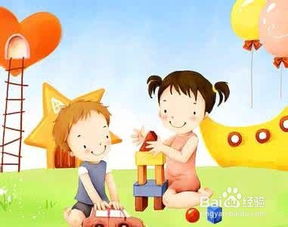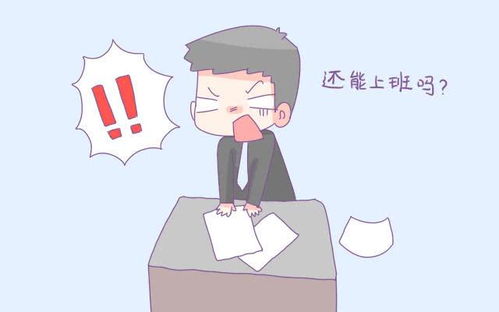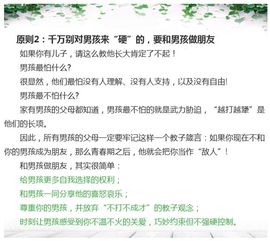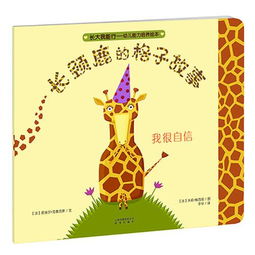废话的英语
Exploring the World of English Nonsense Literature
Introduction:

English nonsense literature is a unique genre known for its playful language, absurd characters, and witty wordplay. In this video, we will delve into the fascinating world of English nonsense literature, discussing its origins, notable authors and works, and the enduring popularity of nonsense literature in modern times. Whether you are a literature enthusiast or simply curious about this peculiar genre, this video will provide you with a delightful and informative introduction to English nonsense literature.
1. Origins of English Nonsense Literature (300 words):
English nonsense literature finds its roots in traditional nursery rhymes, folk tales, and oral storytelling. However, it gained prominence during the Victorian era with the publication of Lewis Carroll's "Alice's Adventures in Wonderland" and Edward Lear's "A Book of Nonsense." These works set the stage for the development of nonsense literature as a distinct genre.
2. Notable Authors and Their Works (500 words):
Lewis Carroll: Carroll's timeless work, "Alice's Adventures in Wonderland," epitomizes the whimsical nature of English nonsense literature. Through Alice's journey in Wonderland, Carroll challenges logic and rationality, using absurdity to satirize societal norms.
Edward Lear: Lear's "A Book of Nonsense" showcases his mastery of limericks and playful language. His nonsensical poems with peculiar characters and imaginative illustrations have entertained readers for generations.
Dr. Seuss: Although an American author, Dr. Seuss's contribution to nonsense literature cannot be overlooked. His rhyming stories, such as "The Cat in the Hat" and "Green Eggs and Ham," captivate young readers while conveying important moral lessons.
Spike Milligan: Known for his absurd and surreal humor, Milligan's poetry collections like "Silly Verse for Kids" continue to tickle readers' funny bones, employing wordplay, puns, and unconventional imagery.
3. Key Elements of English Nonsense Literature (400 words):
English nonsense literature is characterized by several key elements:
Language and Wordplay: Nonsense literature often indulges in linguistic acrobatics, creating invented words, playful rhymes, and unexpected juxtapositions of language.
Absurd Characters: From the Cheshire Cat to the Jabberwocky, nonsense literature introduces memorable and surreal characters that defy traditional conventions.
Satire and Critique: Nonsense literature frequently serves as a medium for satire, mocking societal norms, and exposing the absurdities of the world.
4. Enduring Popularity and Influence (300 words):
English nonsense literature continues to be beloved by readers of all ages for various reasons:
Entertainment and Fun: Nonsense literature offers a welcome escape from reality, providing unadulterated joy and laughter through its comical language and imaginative scenarios.
Cognitive Development: Engaging with nonsense literature encourages creative thinking, problemsolving skills, and linguistic playfulness, making it an excellent tool for cognitive development.
Literary Inspiration: Nonsense literature has inspired countless authors and artists, influencing works beyond the genre itself. Its playful approach to language serves as a reminder of the infinite possibilities of storytelling.
Conclusion:
English nonsense literature is a delightful genre that invites readers into a world of linguistic playfulness, absurdity, and imaginative storytelling. By exploring its origins, notable authors and works, as well as its enduring popularity, we have gained a deeper appreciation for what makes nonsense literature so unique and beloved. Embrace the nonsense, and let the words take you on a whimsical journey through the world of English nonsense literature.











